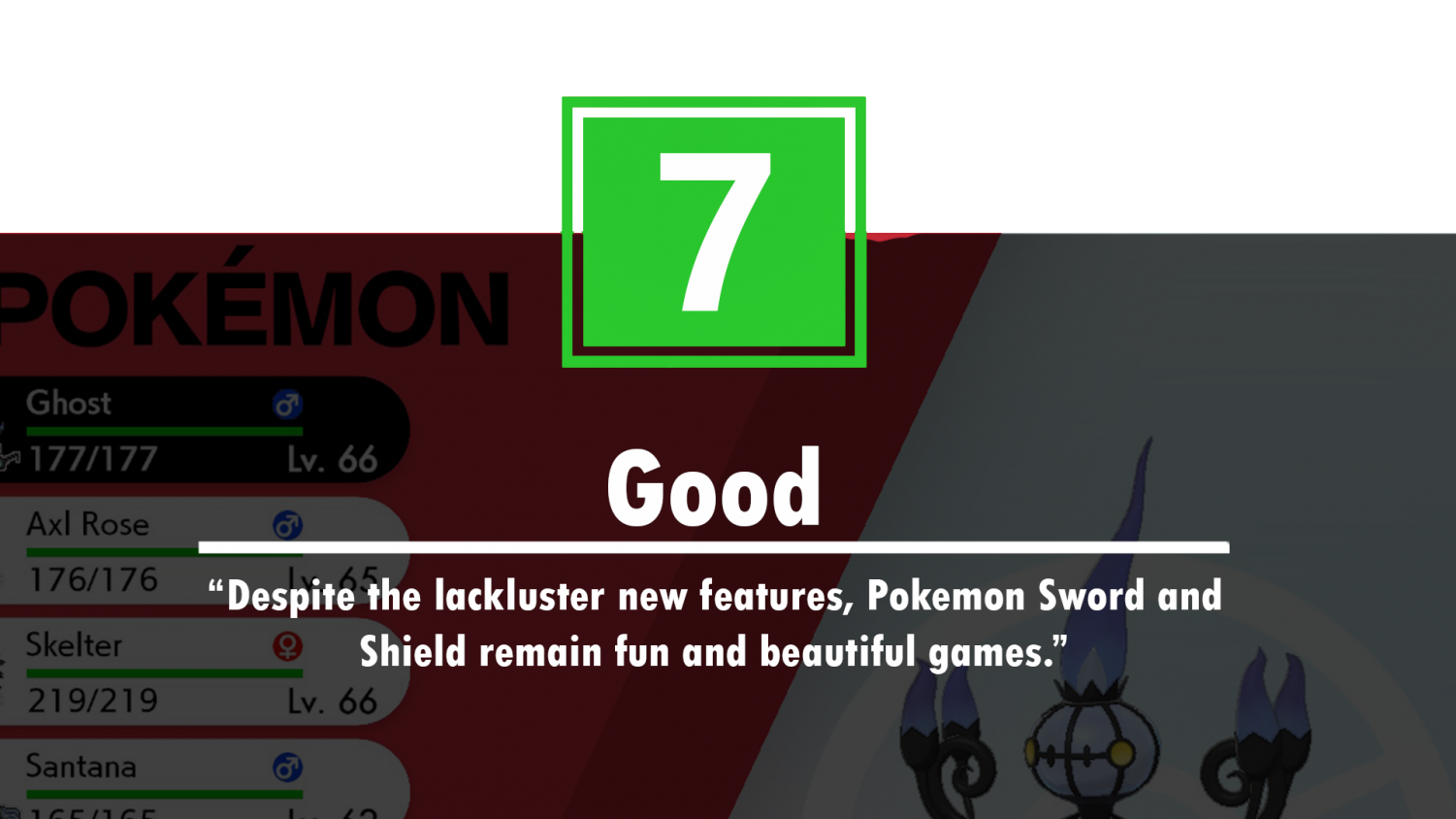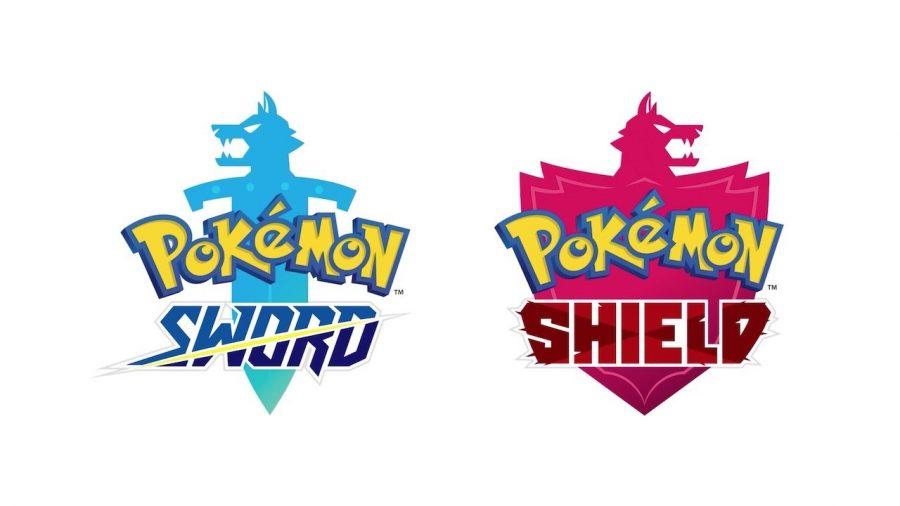Review: Pokémon Sword/Shield
A slashing success, but hard to defend.
November 27, 2019
“Pokémon Sword” and “Pokémon Shield” are finally available for series fans to play, marking the official start to the eighth generation of Pokemon. Taking place in the Galar region, loosely based on the United Kingdom, the new games were intended to usher in a new wave of content based around the new Pokémon and region.
However, the game’s release has been subject to a wide amount of criticism from long time fans. Online chatter has brought the issues of quality to the forefront, causing people to both nitpick and defend the game in heated debates. Perhaps the most divisive game since Black and White, is it any good? Were the additions necessary, or are they just to deflect from the cracks in the game?
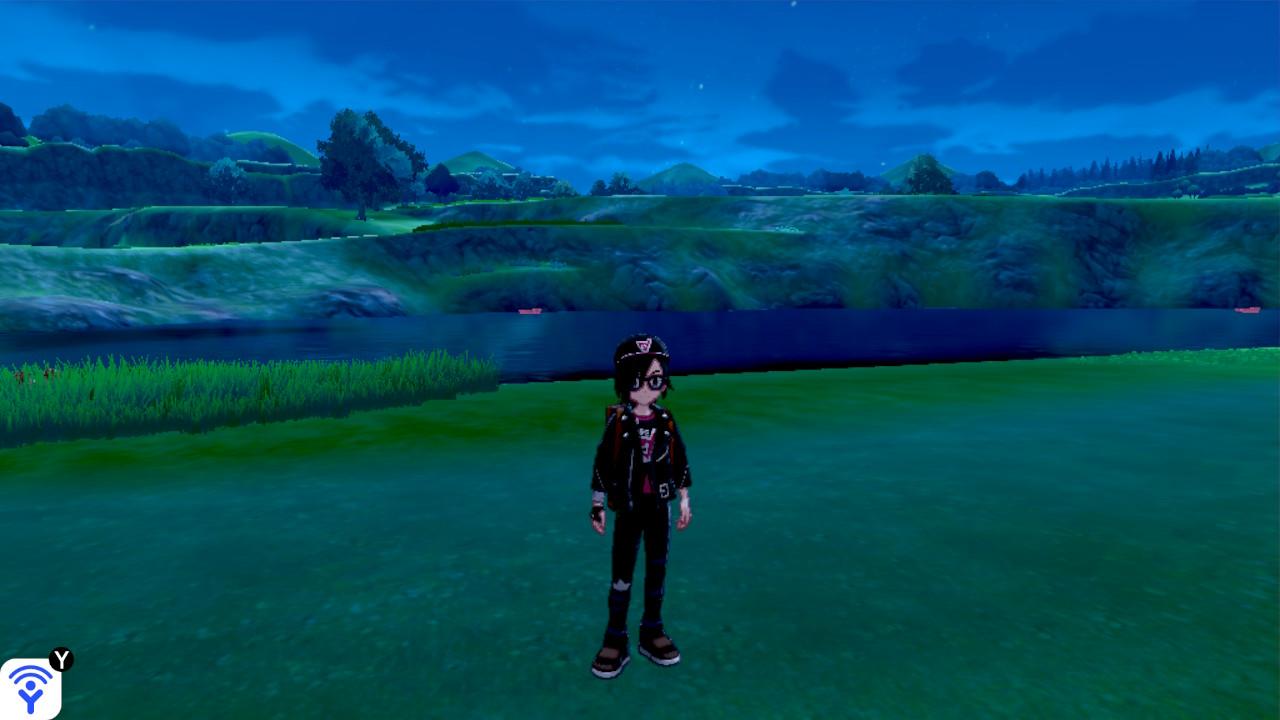
The first big addition to “Sword and Shield” is the “Wild Area,” which allows players to explore large open areas in search of Pokémon. Full of raid battles and collectibles, the area is a great place to fall back to if you have difficulty getting through the later parts of the game. Pokémon here range based on a variety of factors, so making frequent trips throughout your adventure is a must.
While this is a great break from the usual gym challenge method of adventure, without a specific need to go back, the Wild Areas can also feel like wasted potential at times. If the area was cut in favor of adding other features, fans may have been more content with the changes. Ultimately, the “Wild Area” is a highly subjective feature that depends on each players own utility to determine how useful it is.
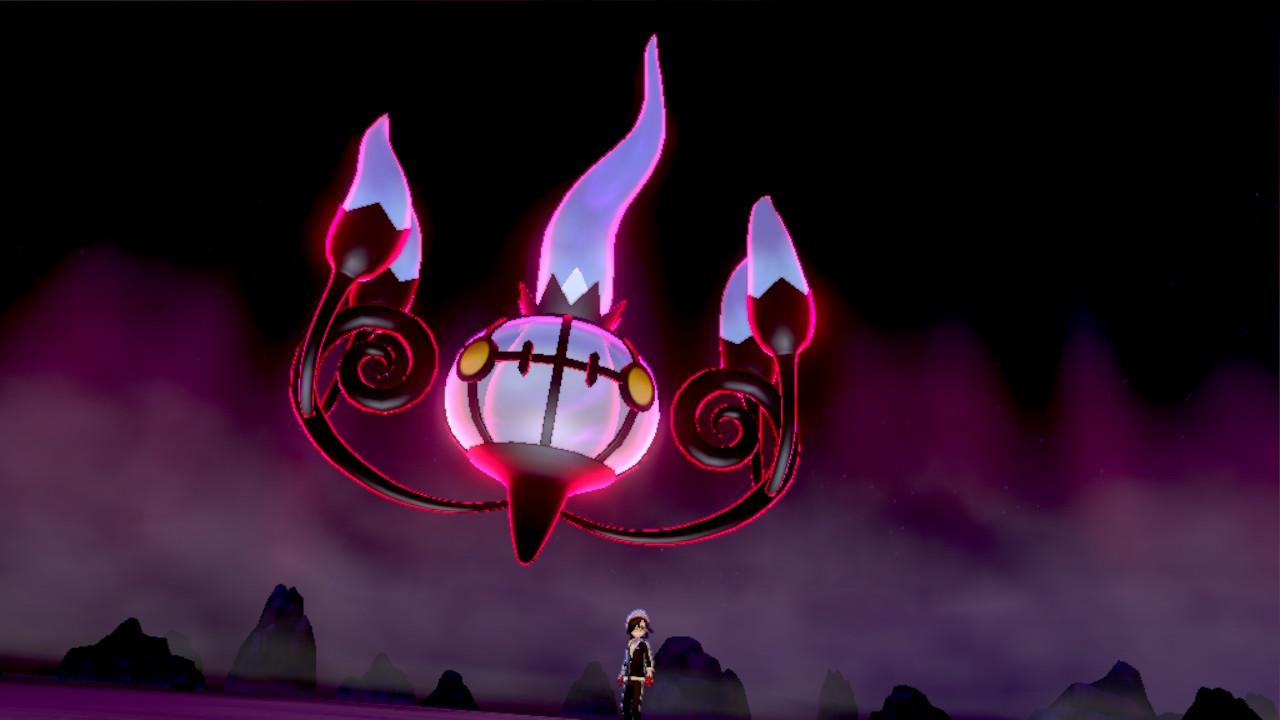
In addition to the neutral nature of the Wild Area, “Dynamax” can also vary on a player by player basis. While the feature is cinematic for Gym Battles and some of the late game “boss” battles, there isn’t a lot of opportunity to use the feature outside of these areas. With only a limited amount of moves to use in this form, it can also feel repetitive at times.
The Dynamax/Gigantamax forms simply aren’t as useful as Mega Evolution or as versatile as Z-Moves. They feel like a boiled down combination of the previous additions, and with the lack of an alternative, can feel like the mechanic is something that should have been great.
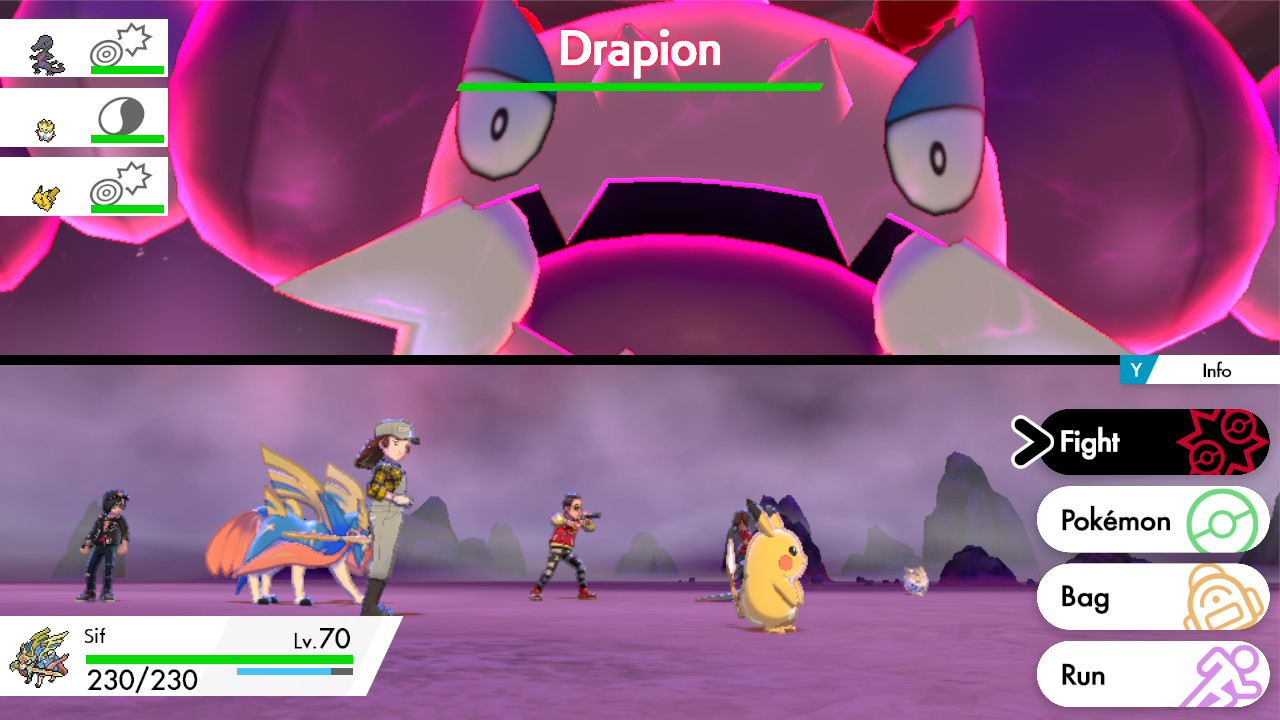
While the new features don’t leave as much of an impact as the previous generations, the game overall doesn’t suffer from their addition. While the nitpicks about their usefulness are something you should know before going in, the overall polish and care in the game still shines through. The game is fun, and a big portion of that comes from what the series has always done right: aesthetics and new Pokemon.
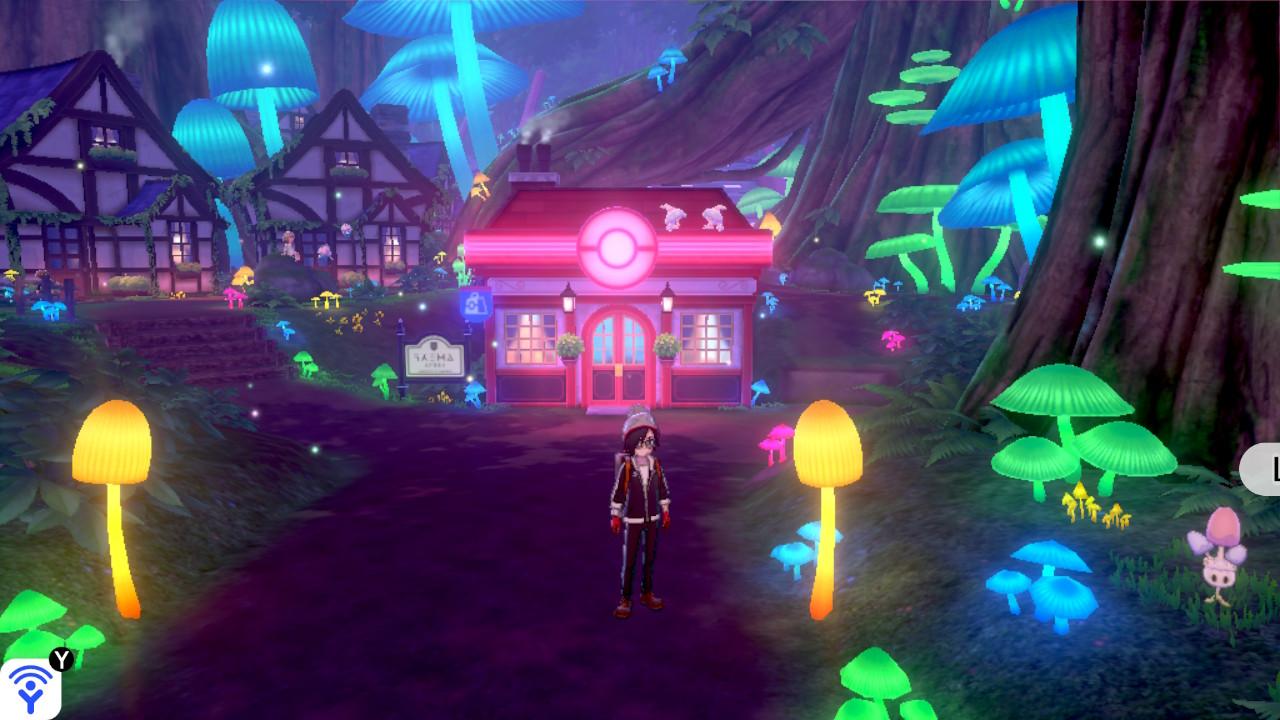
Galar is an interesting region to explore, with mystical forests and sprawling plains. While not as aesthetically intriguing as the cities of Unova, the addition of castles and magical forests are breathtaking to explore and compliments the overall tone of the game. While I initially had hangups about the stadium feel of gyms, I quickly began to love walking into the stadiums with fans cheering on the battle.
Battles no longer rely on commentary after the fight, instead cutting in and giving dynamic angles to add to the storytelling. The soundtrack is the best in the series since Pokémon Black and White, giving players something to look forward to for each gym battle or rival battle. While not every graphic is perfect, especially trees in the Wild Area, the overall package is much better than what fans got out of Ultra Sun and Ultra Moon.
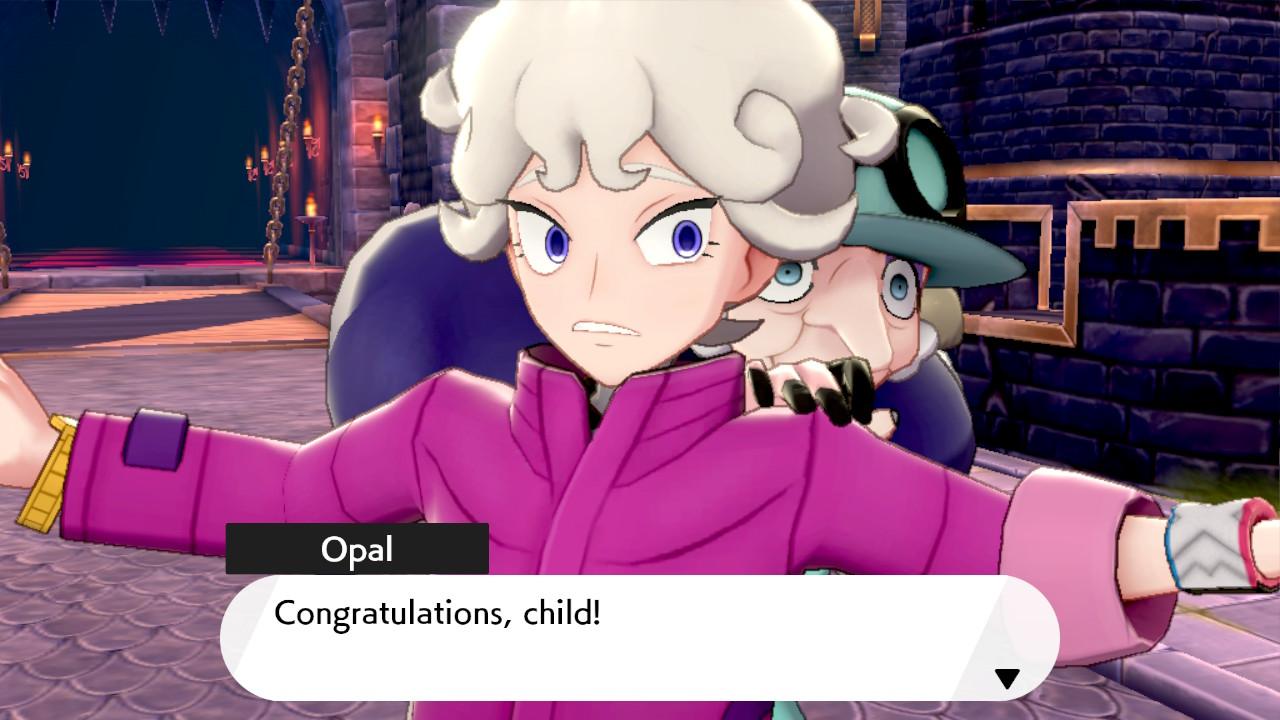
A change that saw massive fan backlash was the lack of a National Pokédex, which ended up cutting over 450 Pokemon from the game. While more news is coming out about data existing for the cut Pokemon, the lack of iconic encounters like Zubat and the inability to transfer previous starters can be a turn away for those interested in continuing their journeys.
I personally didn’t mind the cut Pokémon during gameplay, but did often question why some of the natural encounters were chose over others. Instead of Pokémon that would fit nicely with the new Dynamax mechanics like Nidoking (the original “kaiju” design), options like Mantine and Solrock were given priority. This isn’t a new issue, each generation has some questionable choices from the list, but it feels particularly strange in a game without the full list available in the post game.
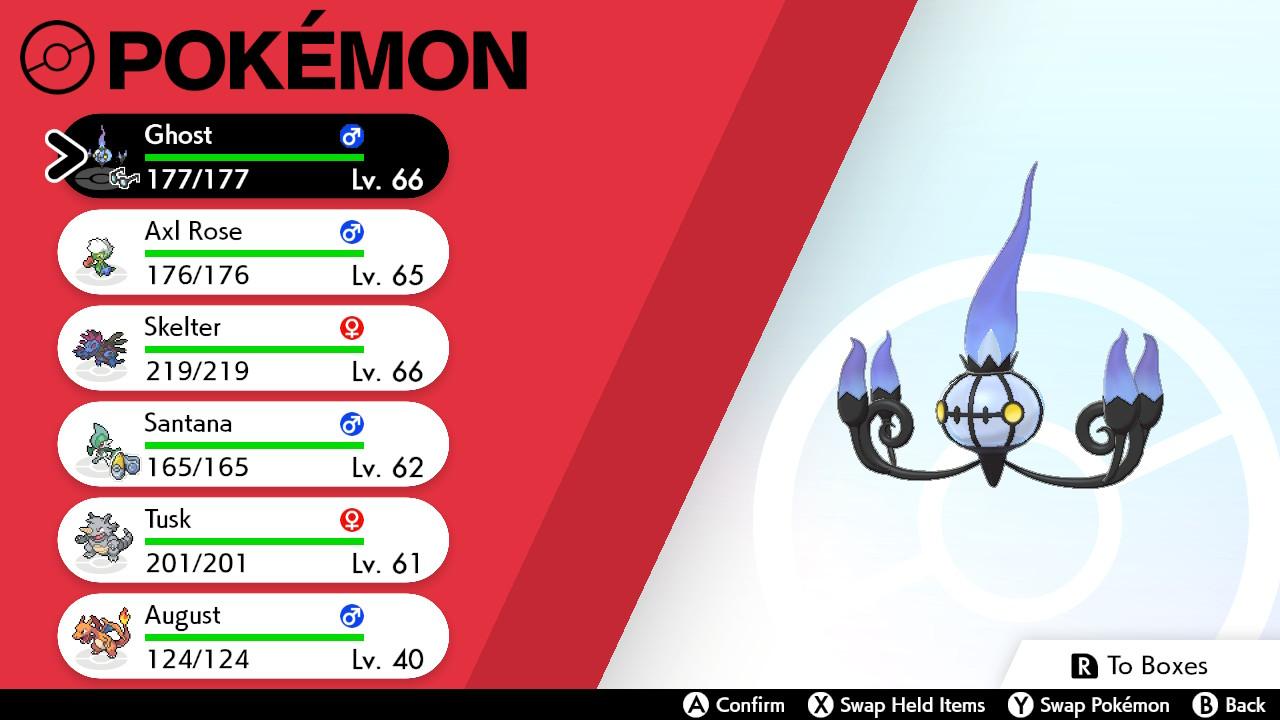
As a trade off, the new designs, while not all winners, are some of the best in a long time. New Pokemon like Toxtricity, Corviknight, Obstagoon and Dragapult are interesting team members worth picking up. Additionally, the ability to get hidden abilities through raids makes some potential catches more viable.
To sweeten the deal even more, the addition of Technical Records make some great moves more available and usable. While they can only be used once, by frequenting the Wild Area players can gain access to a wide variety of moves worth adding to their endgame teams.
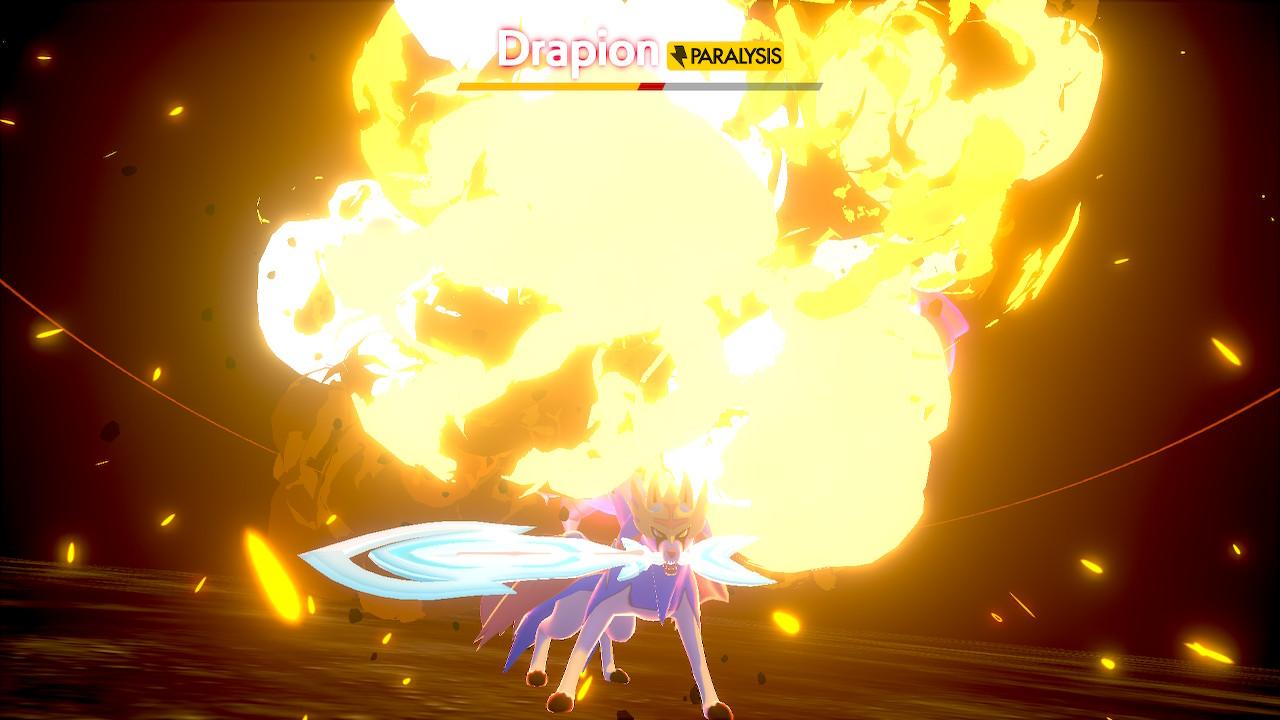
In the end, “Pokémon Sword” and “Pokémon Shield” aren’t bad games. With a fun atmosphere, variable teams and amazing aesthetics, the game is worth any casual fan picking up and enjoying. Not every favorite is in the game, but the new Pokémon can either replace those roles or lead players to finding a new “forever team member.”
Hardcore fans of the series will find a lot to nitpick in this game, and that can be a damper on their enjoyment. The game isn’t as competitive without some of the staples of the past and team members that took hours to cultivate may have not even made the cut for “Sword and Shield’s” Pokédex. This game is ultimately what you make out of it, either being a smash hit or a slash to the series’ good name.
